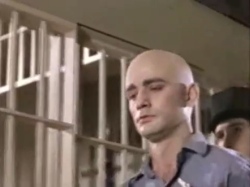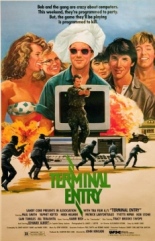
 With Prison, the question is not “Remember when director Renny Harlin was good?,” but “Remember a world before we even knew who Renny Harlin was?” Produced and conceived by Halloween shepherd Irwin Yablans, the film marks a calling card of sorts for the then-no-name Harlin, who earned A Nightmare on Elm Street 4: The Dream Master from there and turned it into that franchise’s biggest entry at the time, which then vaulted him onto the A list with Die Hard 2.
With Prison, the question is not “Remember when director Renny Harlin was good?,” but “Remember a world before we even knew who Renny Harlin was?” Produced and conceived by Halloween shepherd Irwin Yablans, the film marks a calling card of sorts for the then-no-name Harlin, who earned A Nightmare on Elm Street 4: The Dream Master from there and turned it into that franchise’s biggest entry at the time, which then vaulted him onto the A list with Die Hard 2.
As history has told us, ego kept him from staying there, but we’ll focus on the positive: Prison is a pretty decent, fairly ingenious flick for its meager budget.
Being abandoned since 1968, Wyoming State Penitentiary is something of an inhumane shithole, but 300 transferred prisoners are on their way over, squalid conditions and all. Lording over the grim castle of concrete is Warden Sharpe (Lane Smith, Dark Night of the Scarecrow), an unhappy bully of a man who believes in punishment, not rehabilitation.
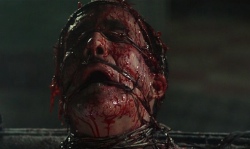 Under Sharpe’s orders, inmate Burke (a baby-faced Viggo Mortensen, A History of Violence) breaks through a wall to reach the old execution chamber. In doing so, Burke inadvertently unleashes a malevolent spirit. Although represented on film as baby-blue light, this supernatural force is one mean sumbitch. It fatally roasts one prisoner confined to solitary, thwarts a would-be escapee in a tangle of wires and pipes, and wraps a guard in a tight hug of barbed wire.
Under Sharpe’s orders, inmate Burke (a baby-faced Viggo Mortensen, A History of Violence) breaks through a wall to reach the old execution chamber. In doing so, Burke inadvertently unleashes a malevolent spirit. Although represented on film as baby-blue light, this supernatural force is one mean sumbitch. It fatally roasts one prisoner confined to solitary, thwarts a would-be escapee in a tangle of wires and pipes, and wraps a guard in a tight hug of barbed wire.
Frightening is hardly the word for it, but the effects are impressive, especially in this pre-CGI era. There’s more to admire beyond that, including the novelty of seeing the reliable character actor Smith in a rare lead role. Mortensen shows quiet glimpses of the greatness to come; the underrated Chelsea Field (The Last Boy Scout) provides some much-needed estrogen for balance; and a few of the inmates stand out for their weird quirks, from harboring a Rambo fetish to drinking Lysol as if it were lemonade. Hey, when life gives you life behind bars … —Rod Lott


 In the space of three films, Luc Besson proved himself a talented director of immensely entertaining genre films.
In the space of three films, Luc Besson proved himself a talented director of immensely entertaining genre films. 
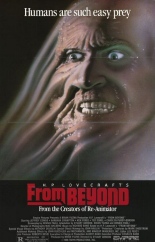
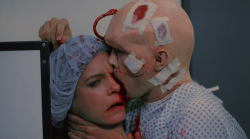
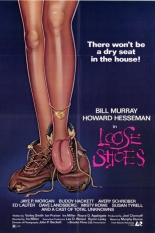
 If remembered at all today,
If remembered at all today, 